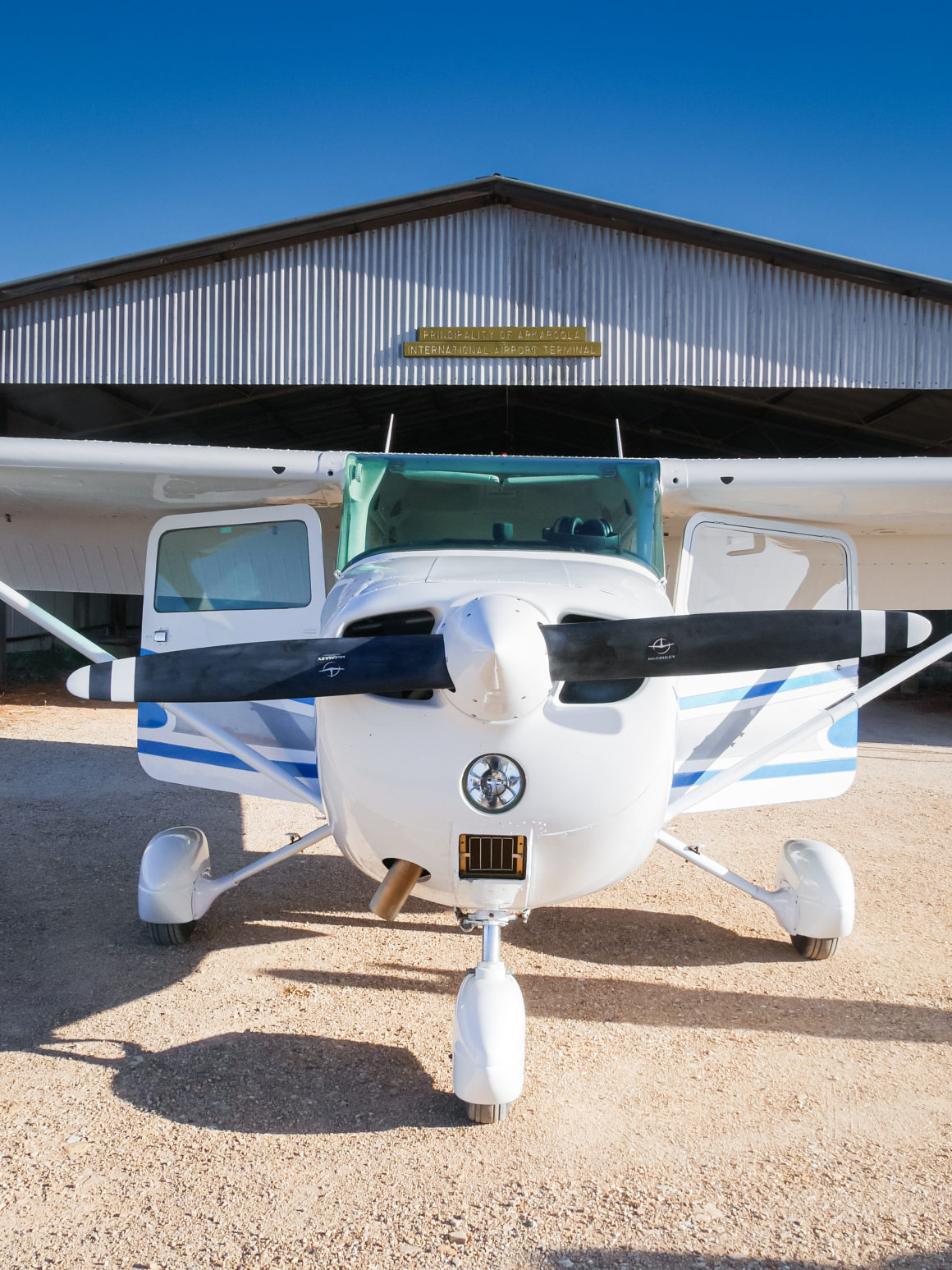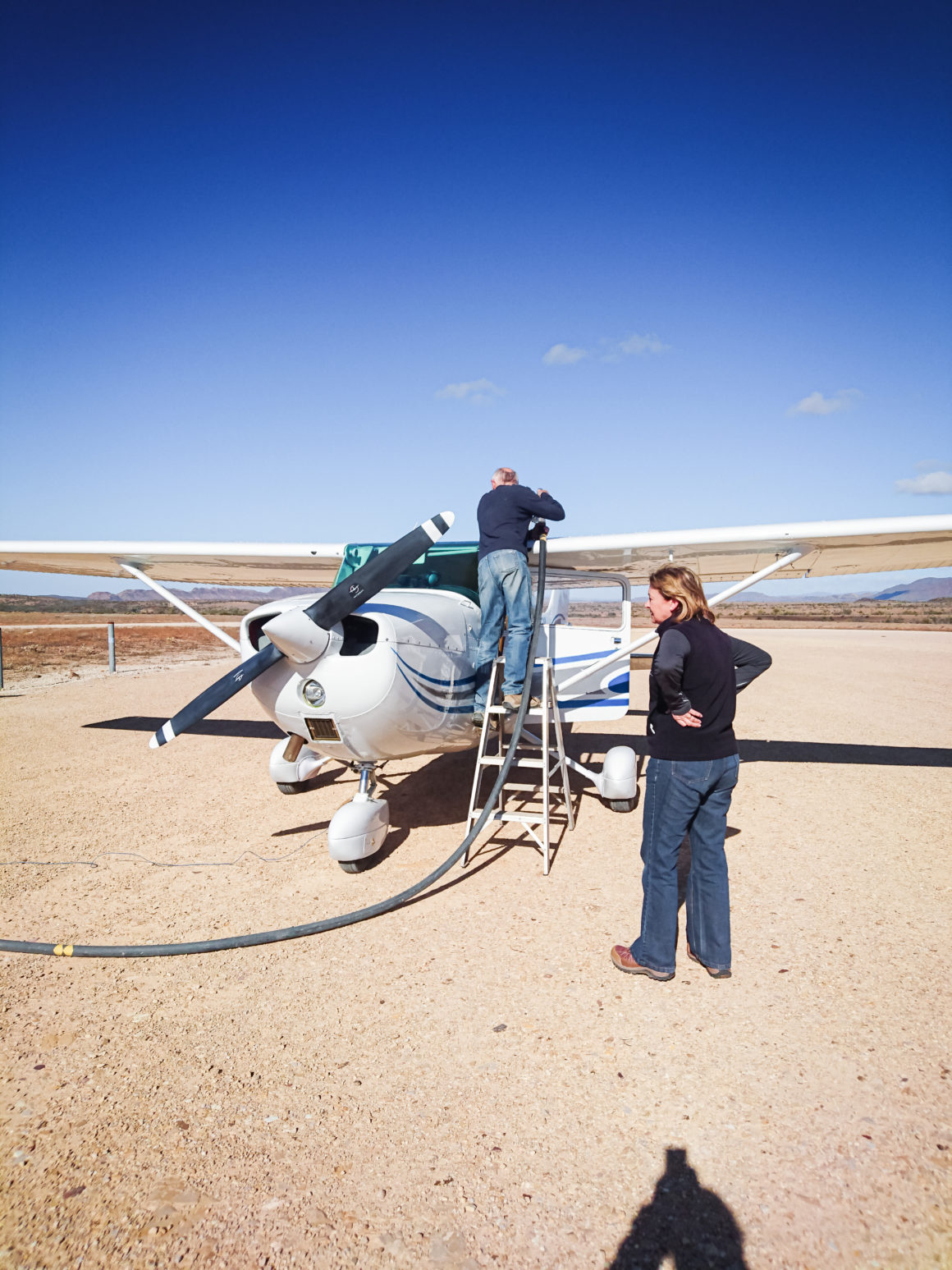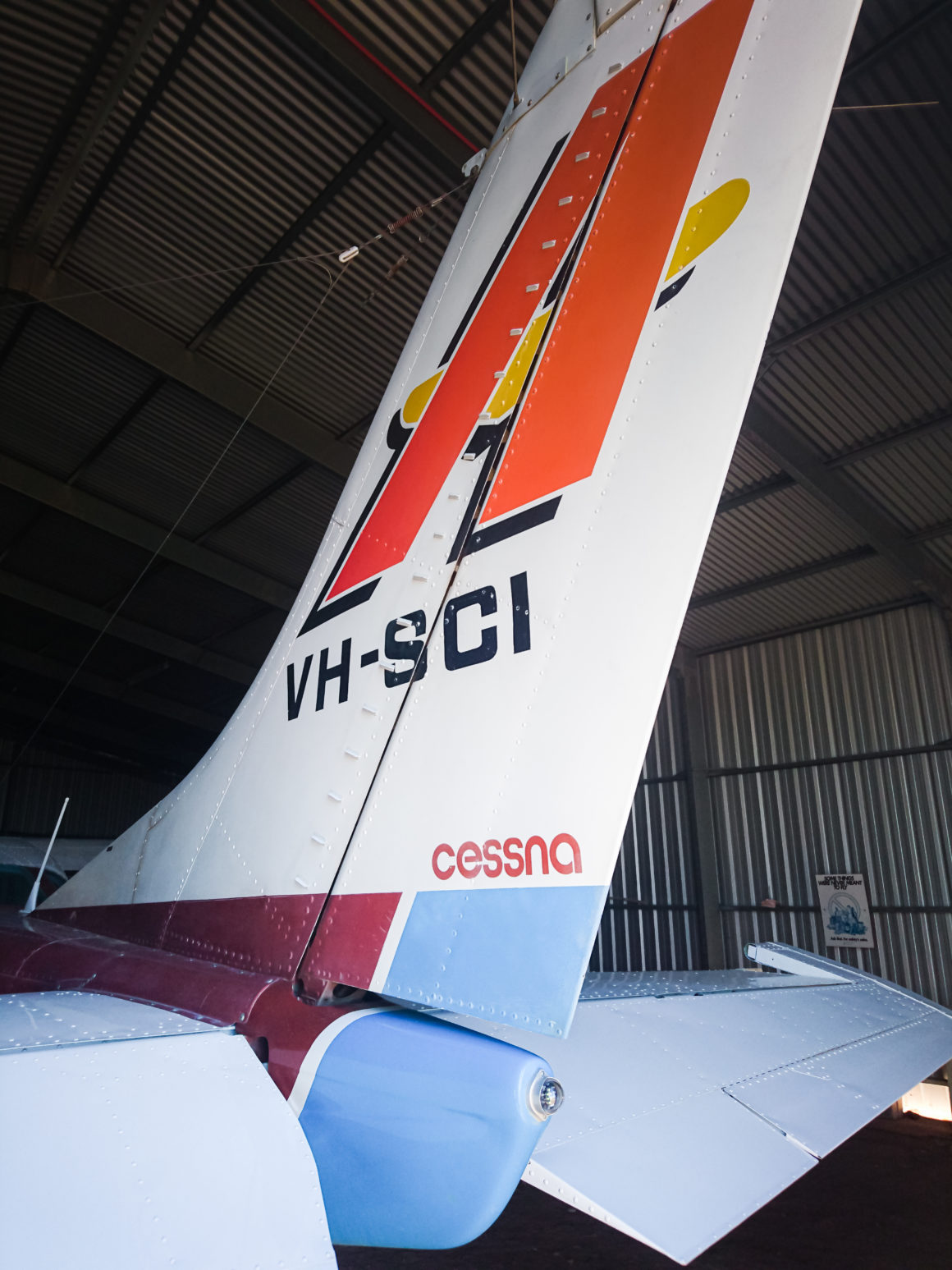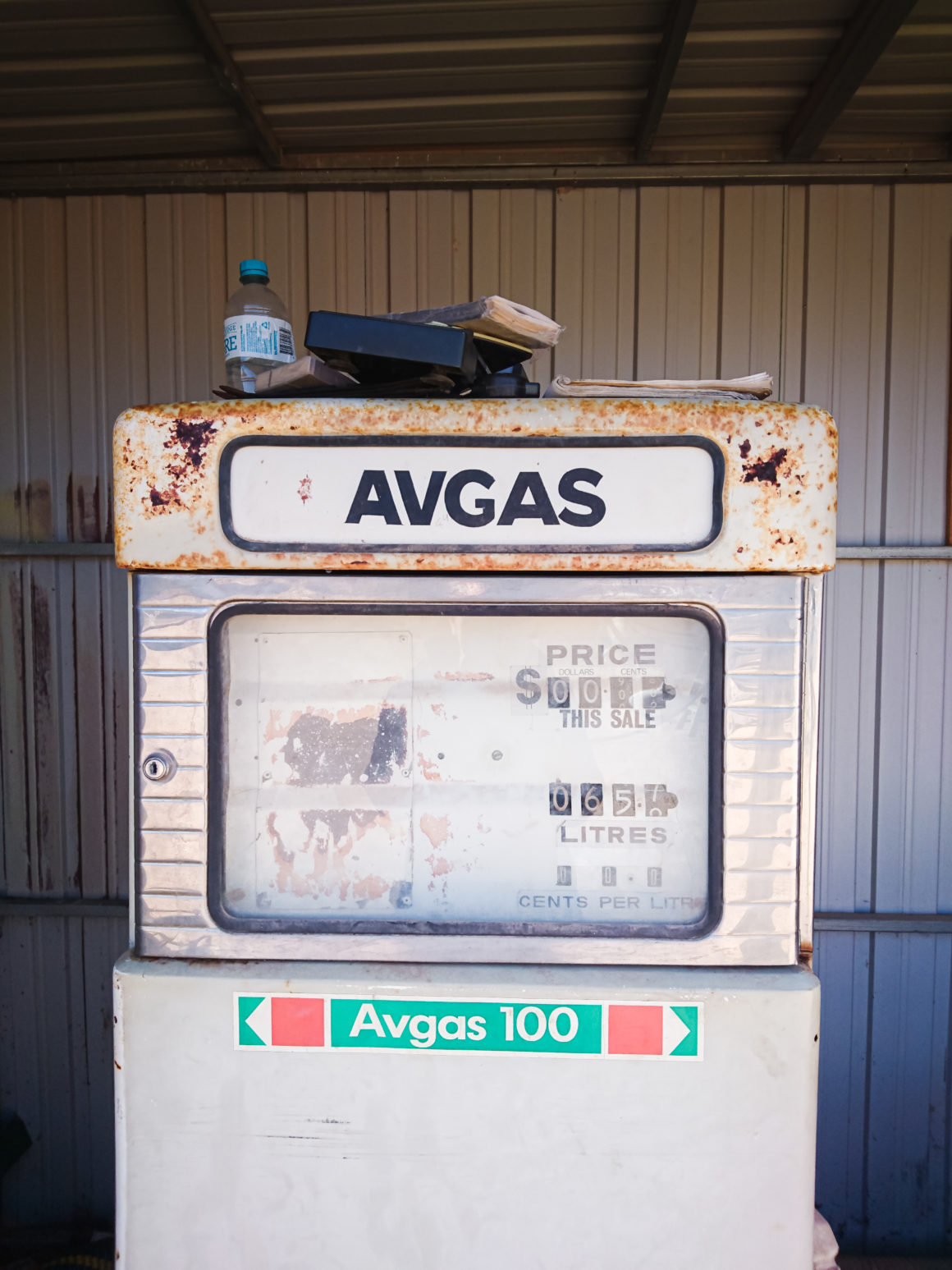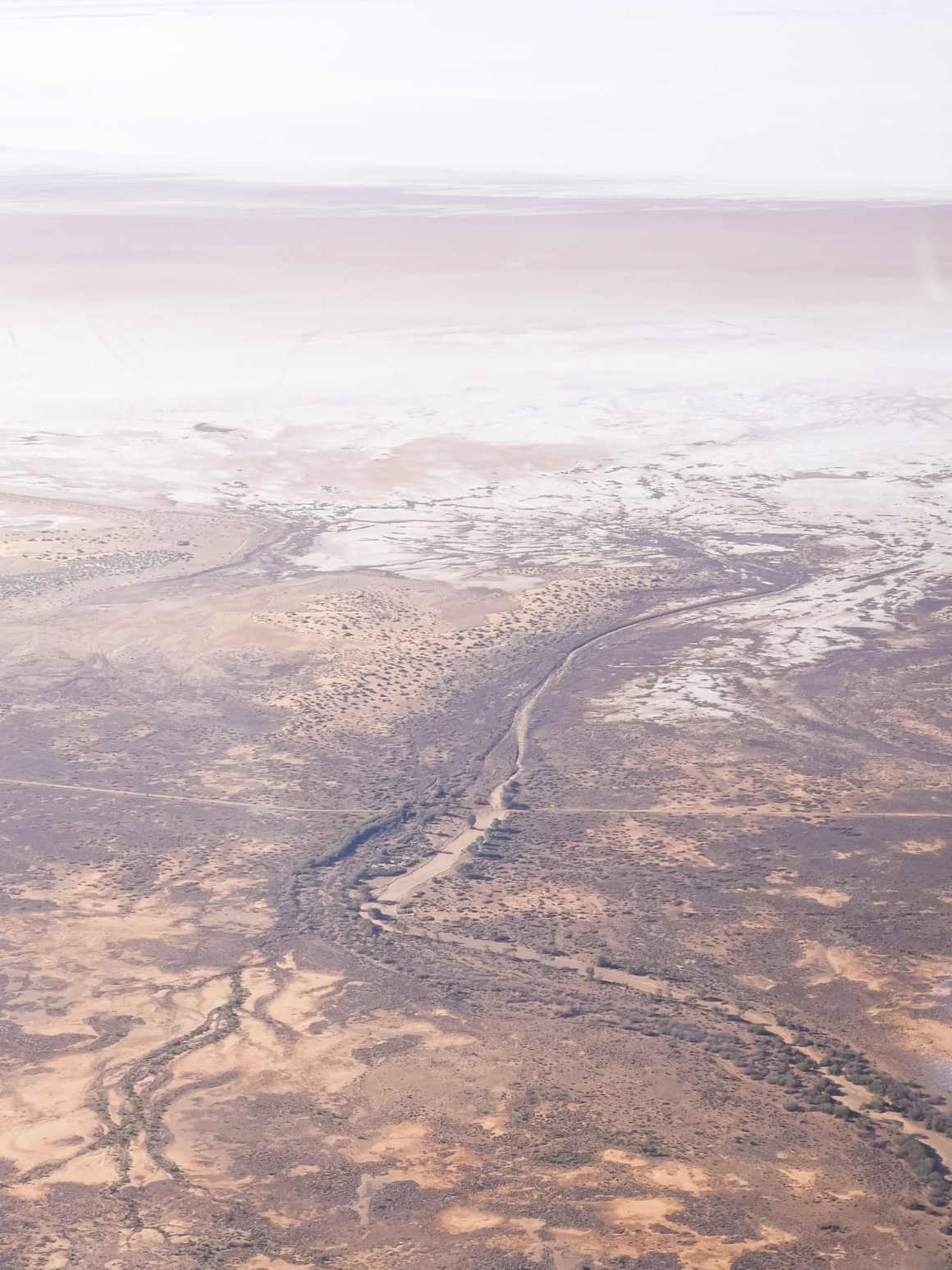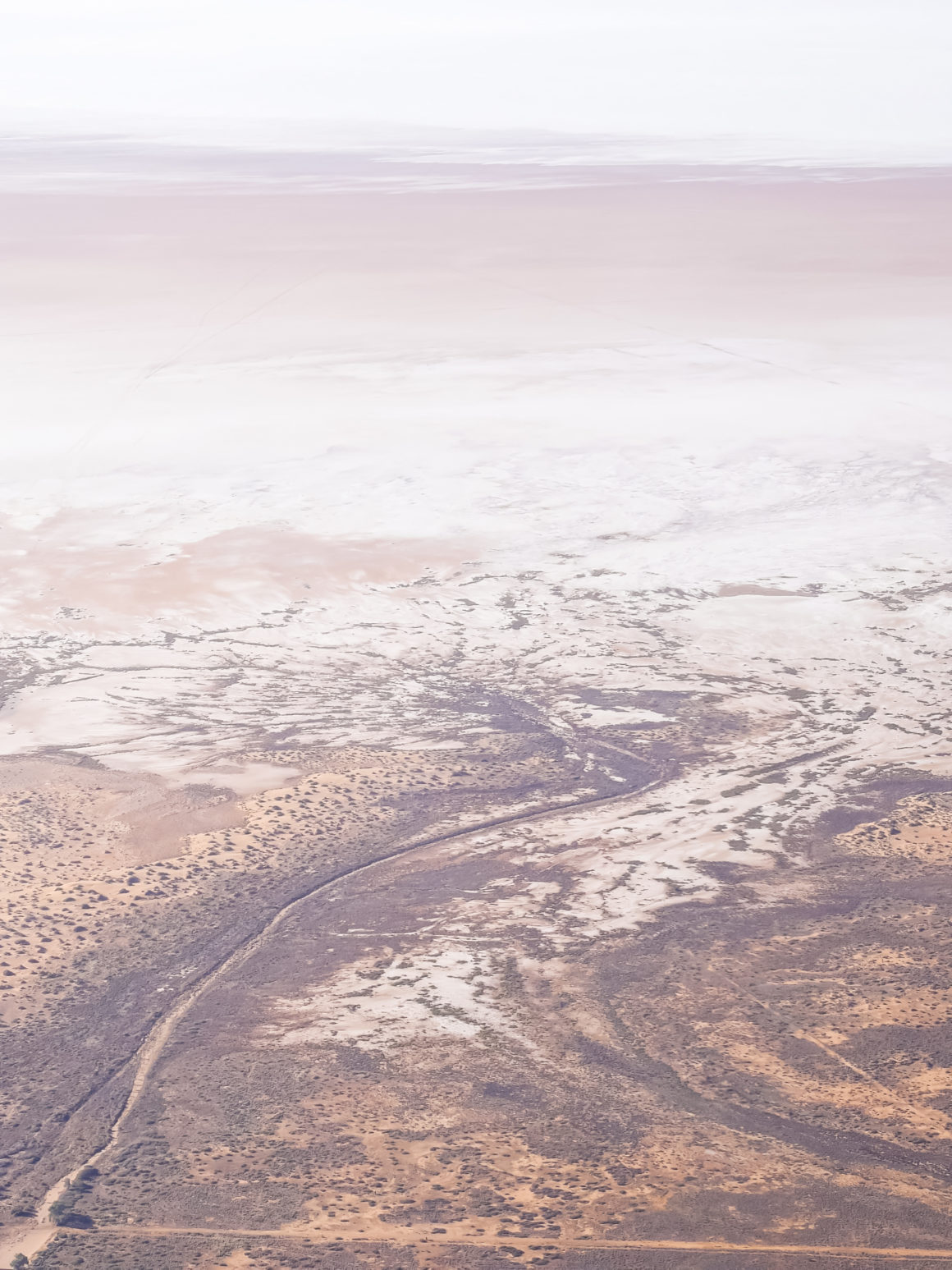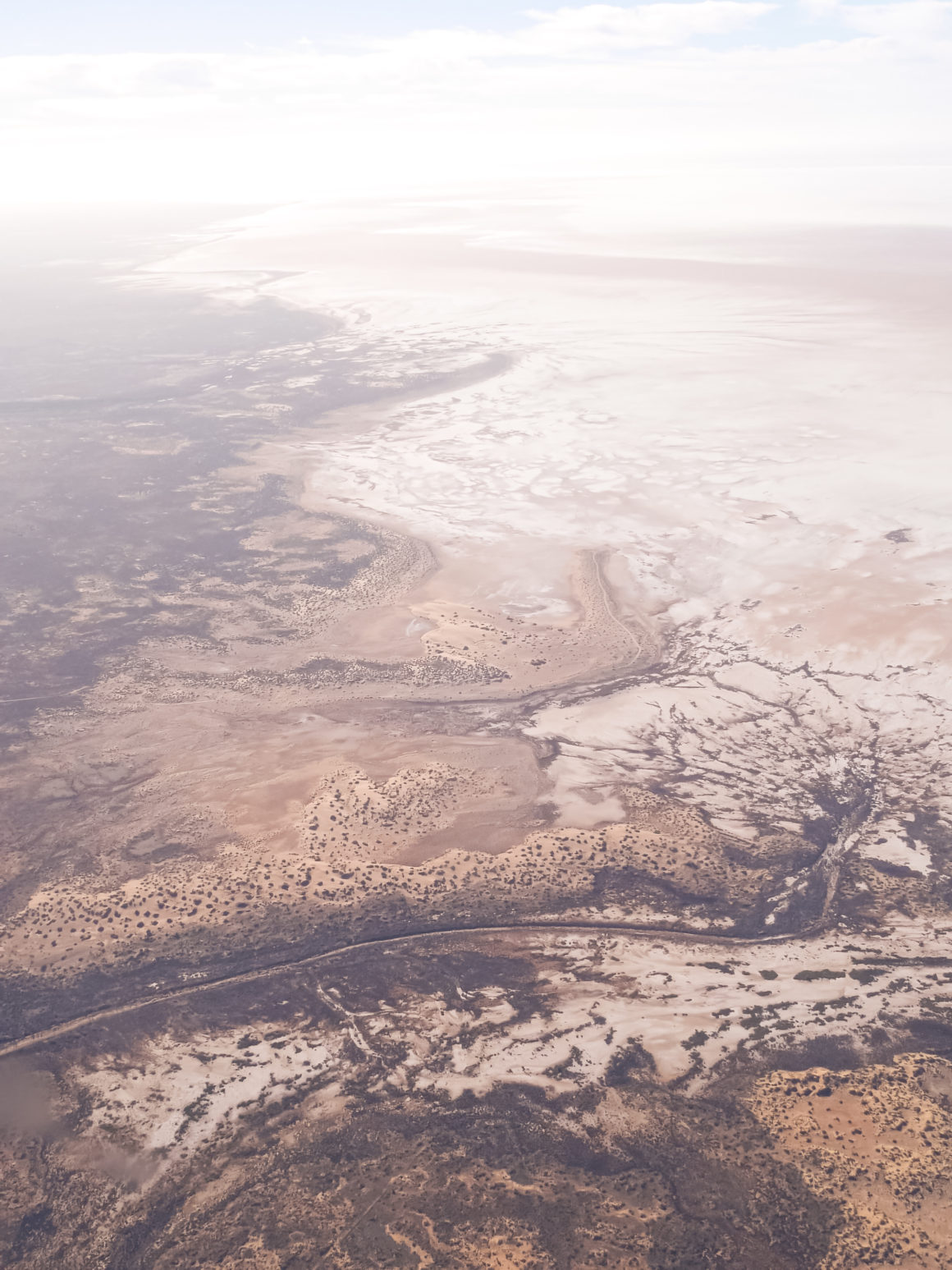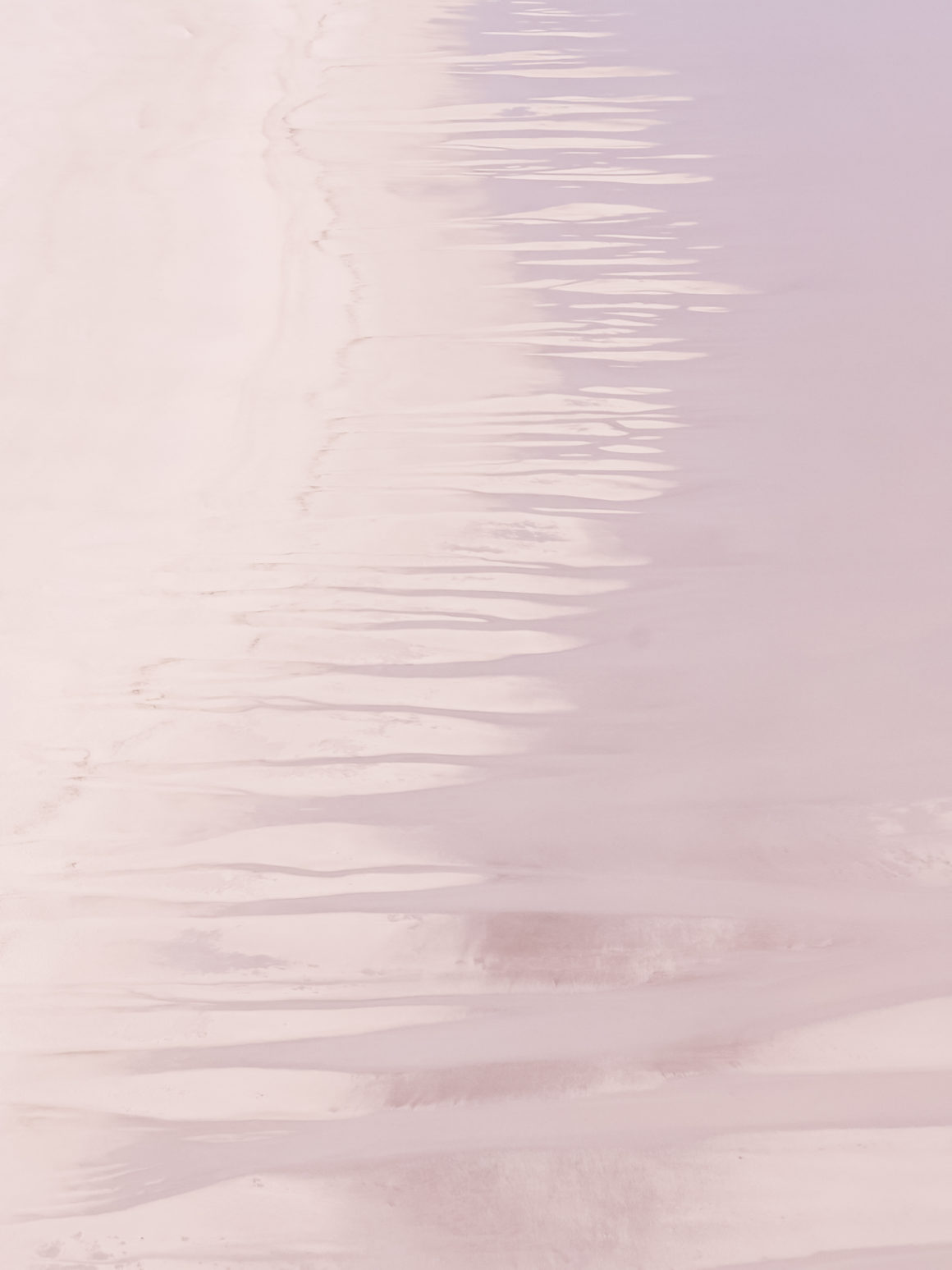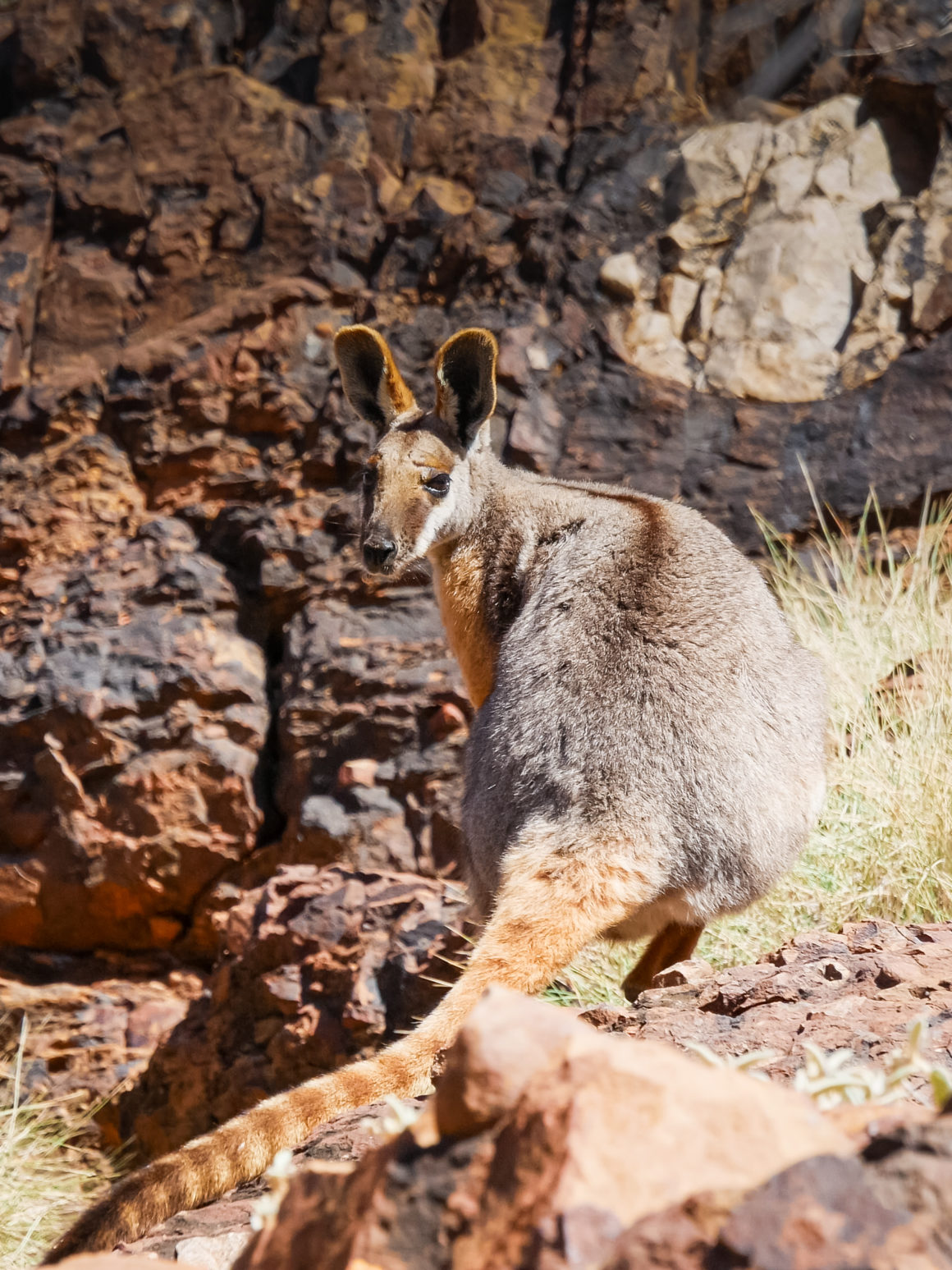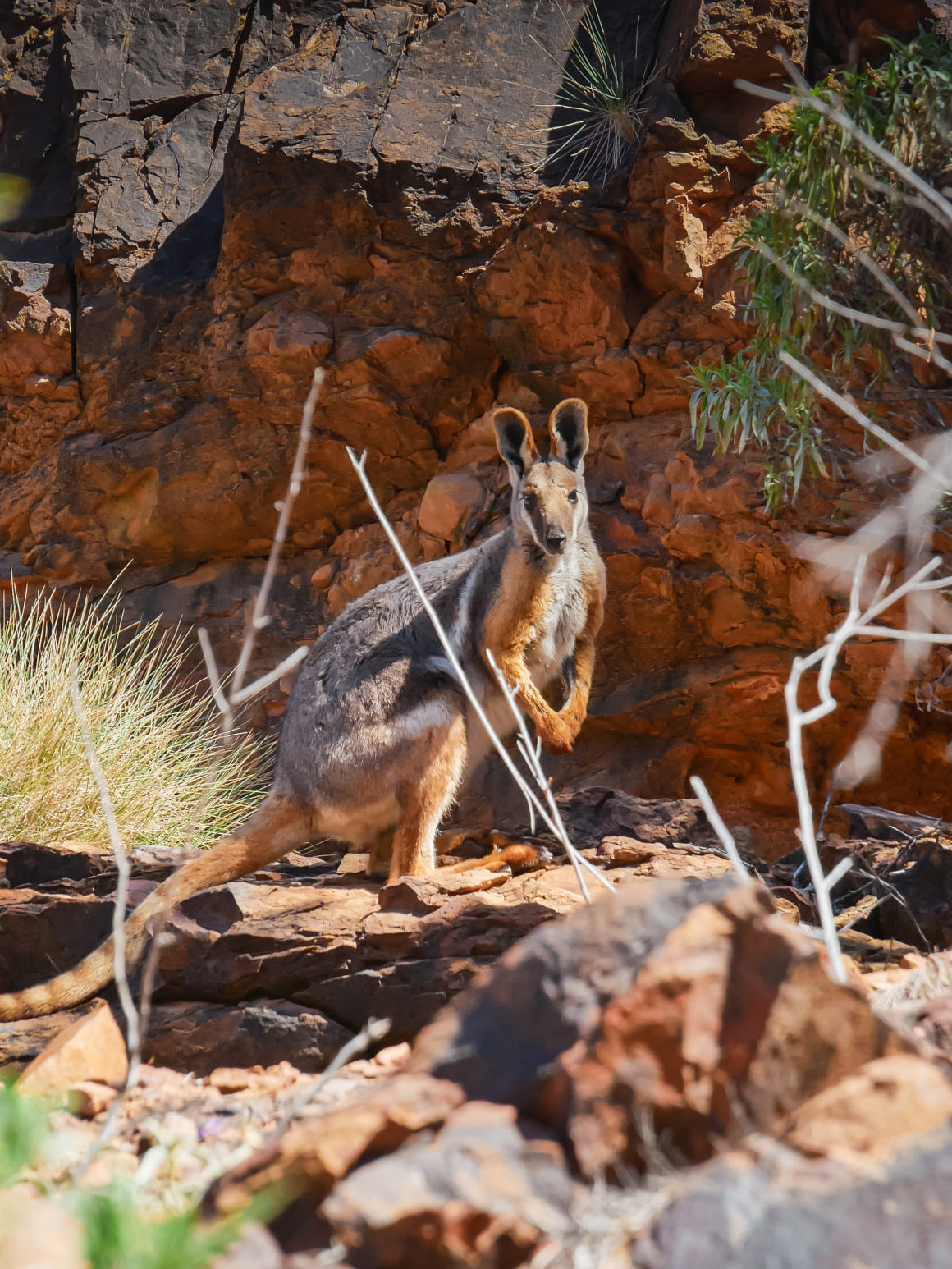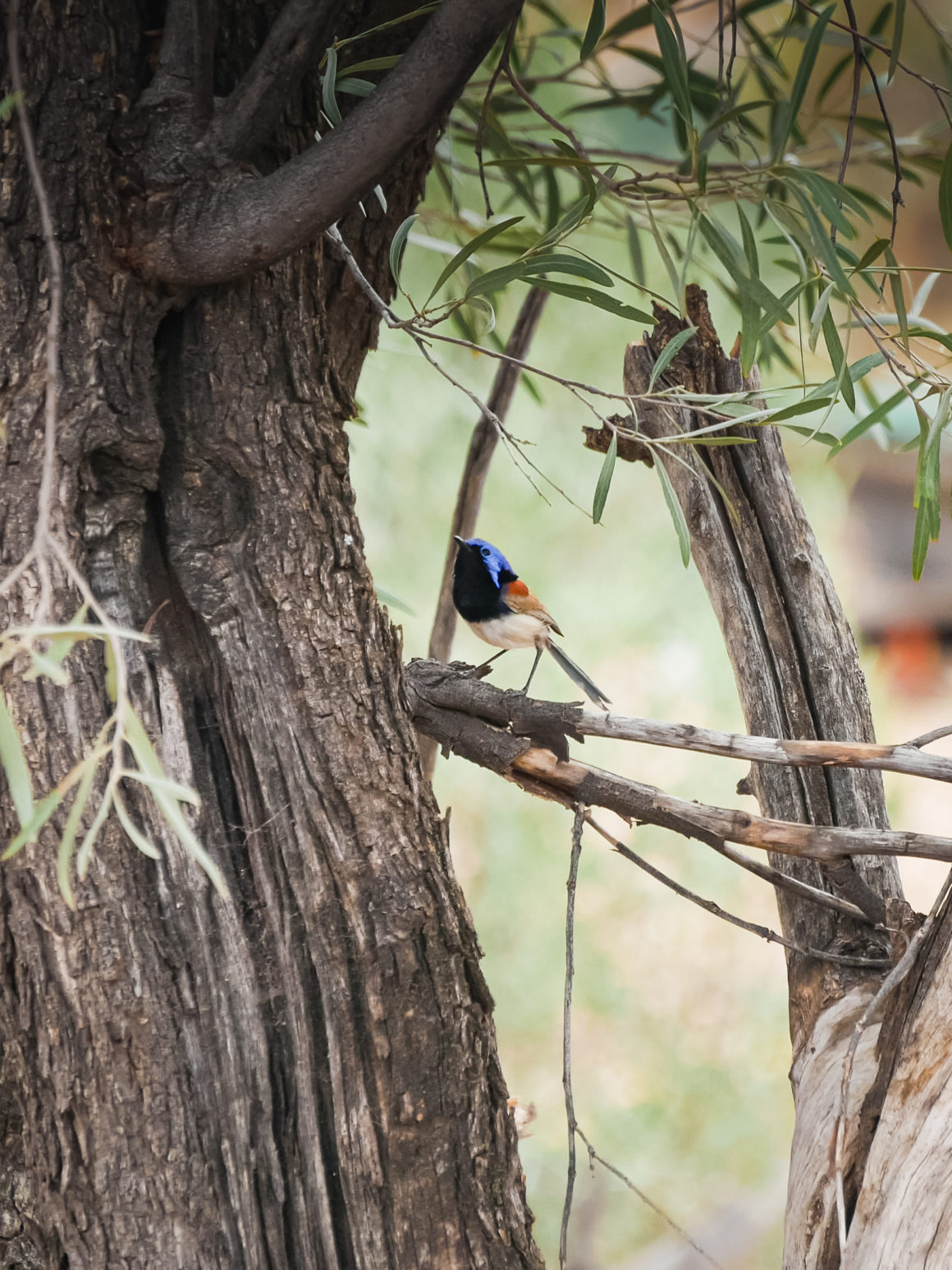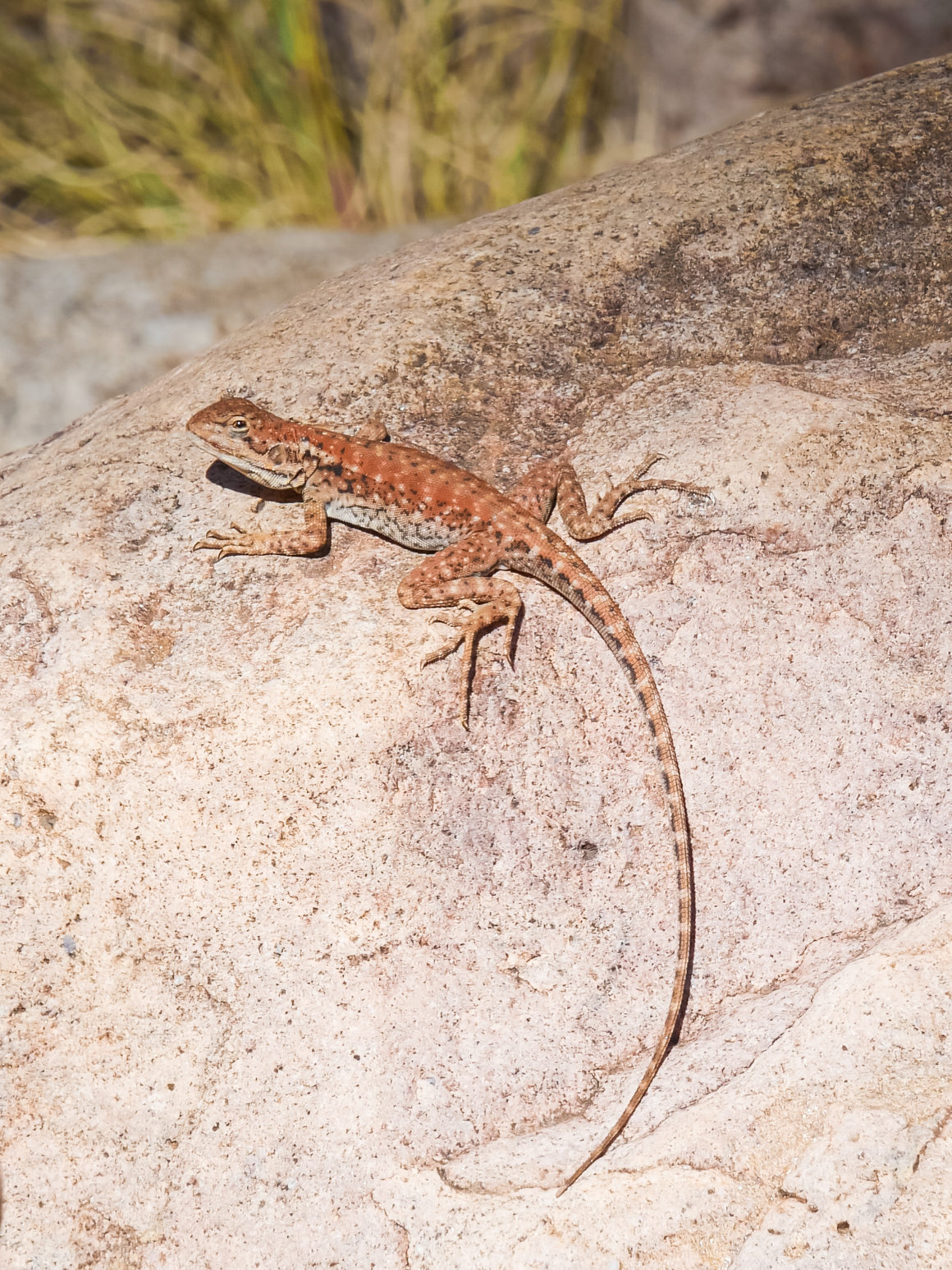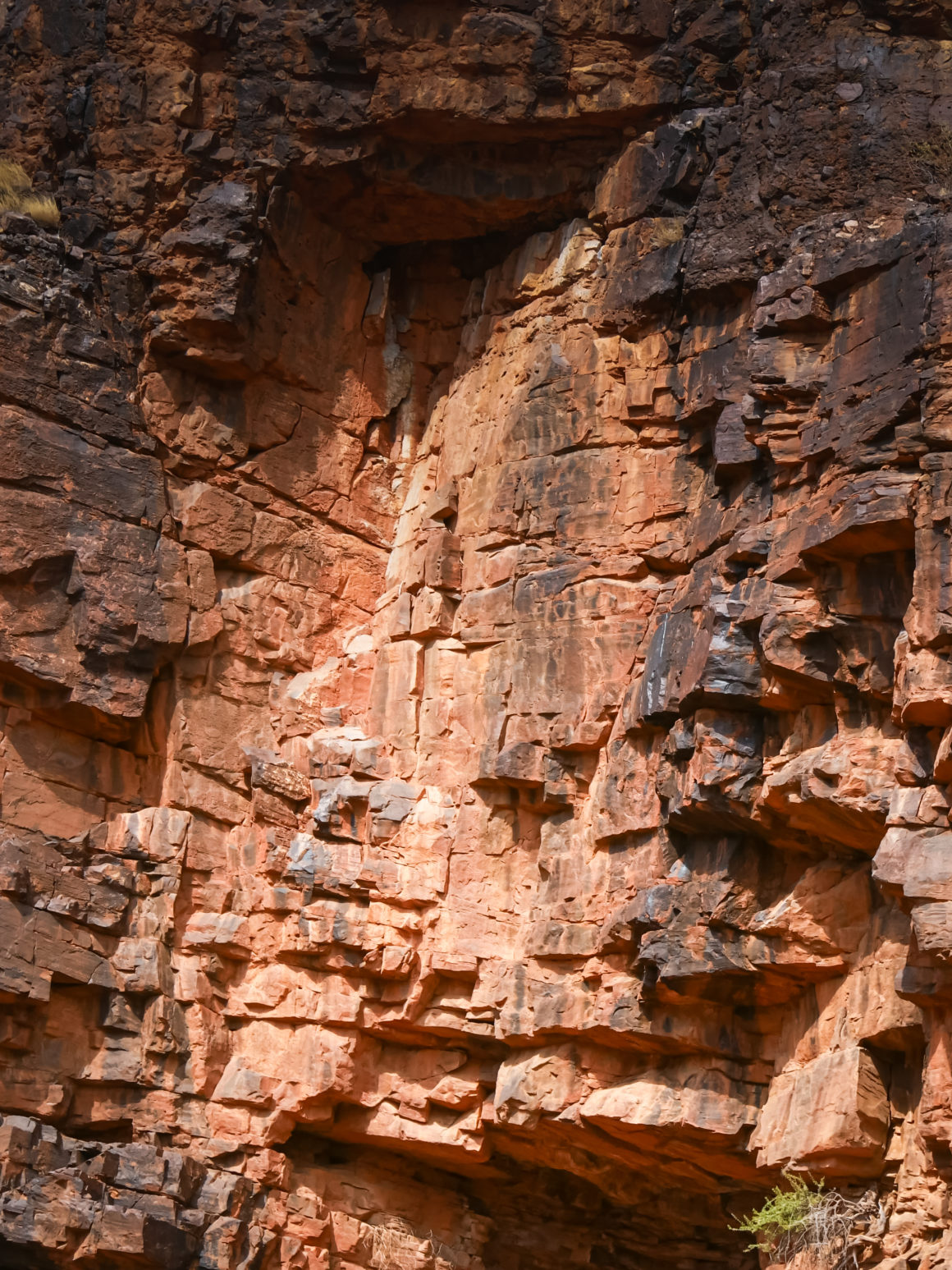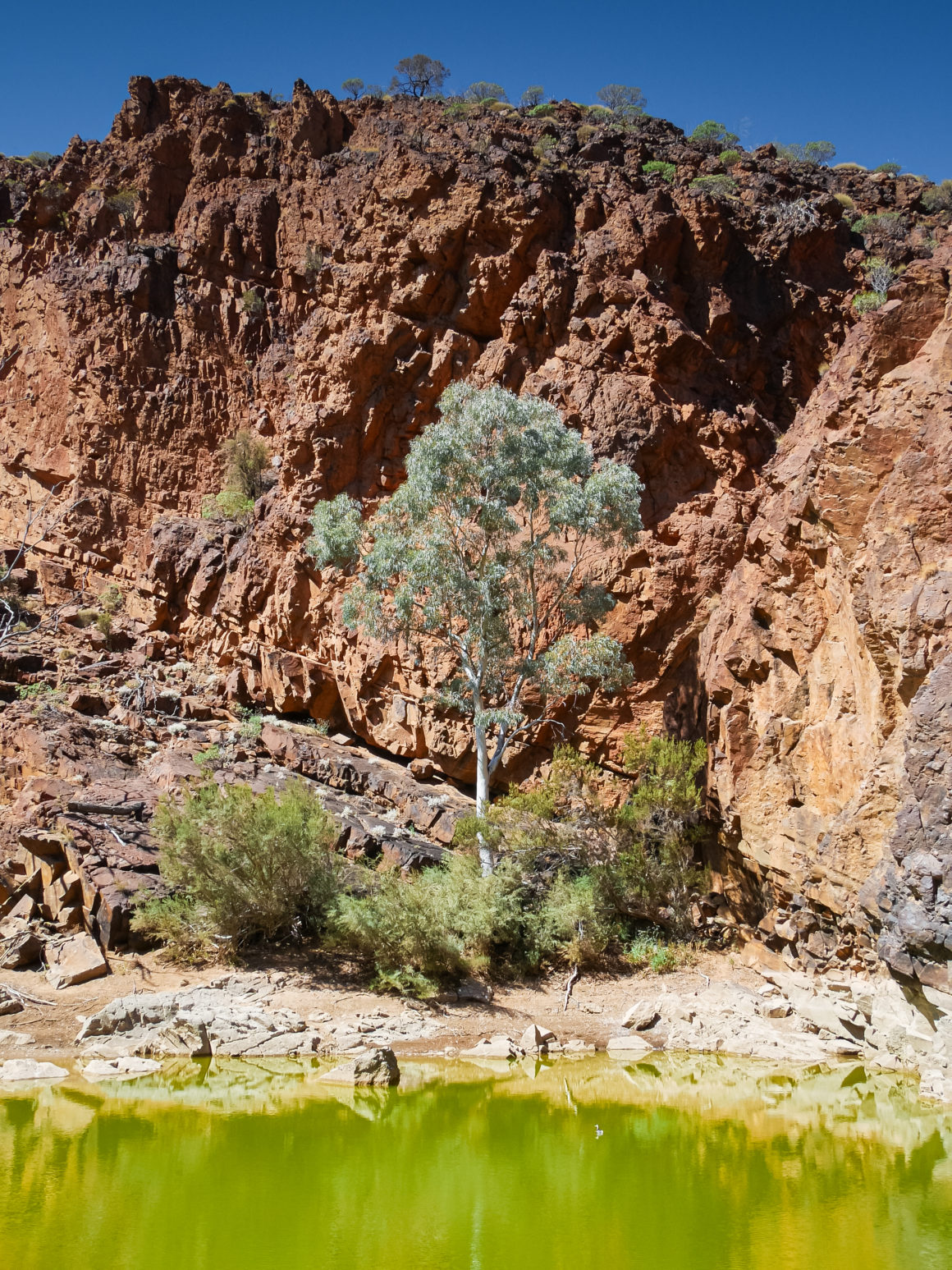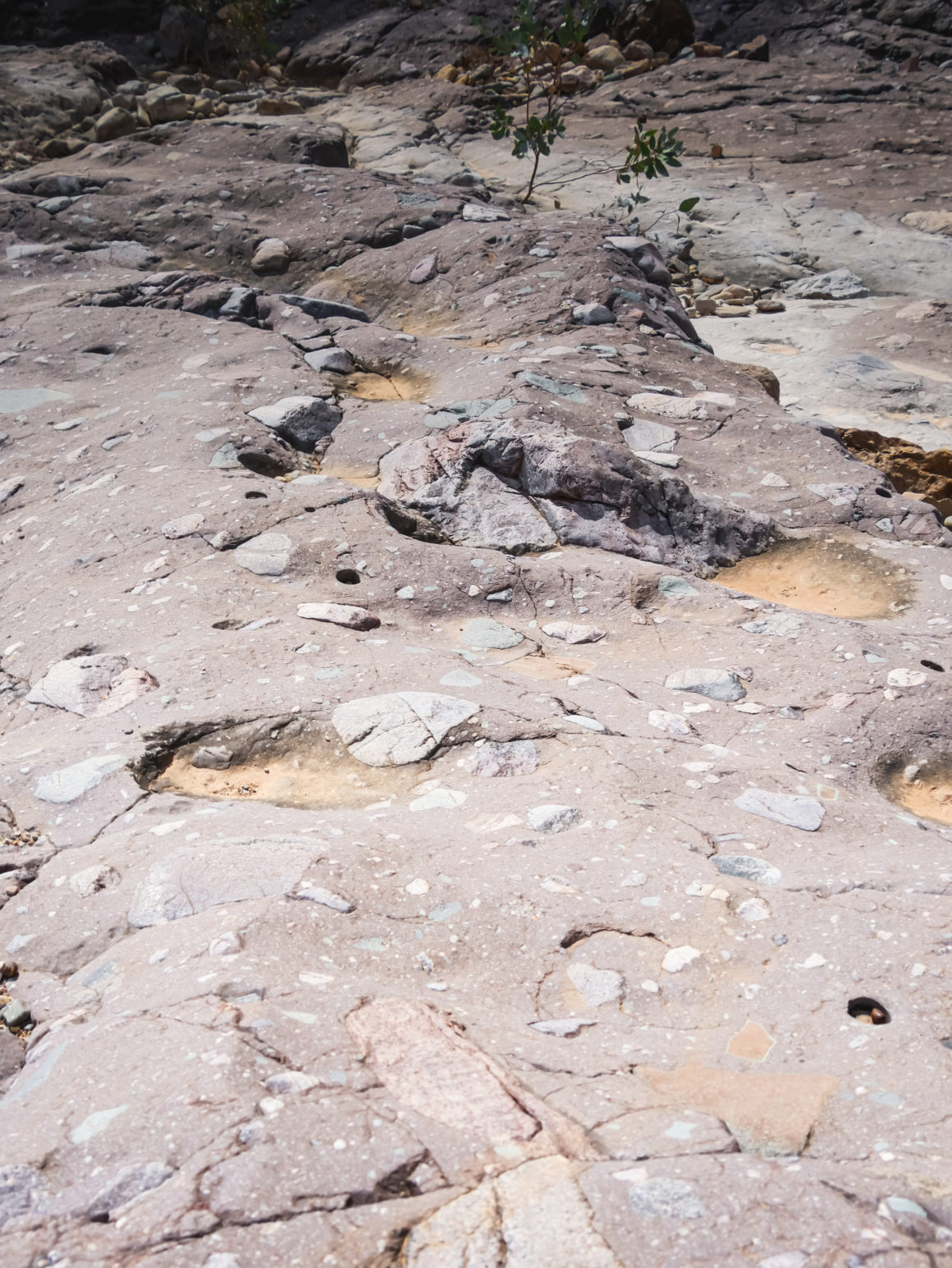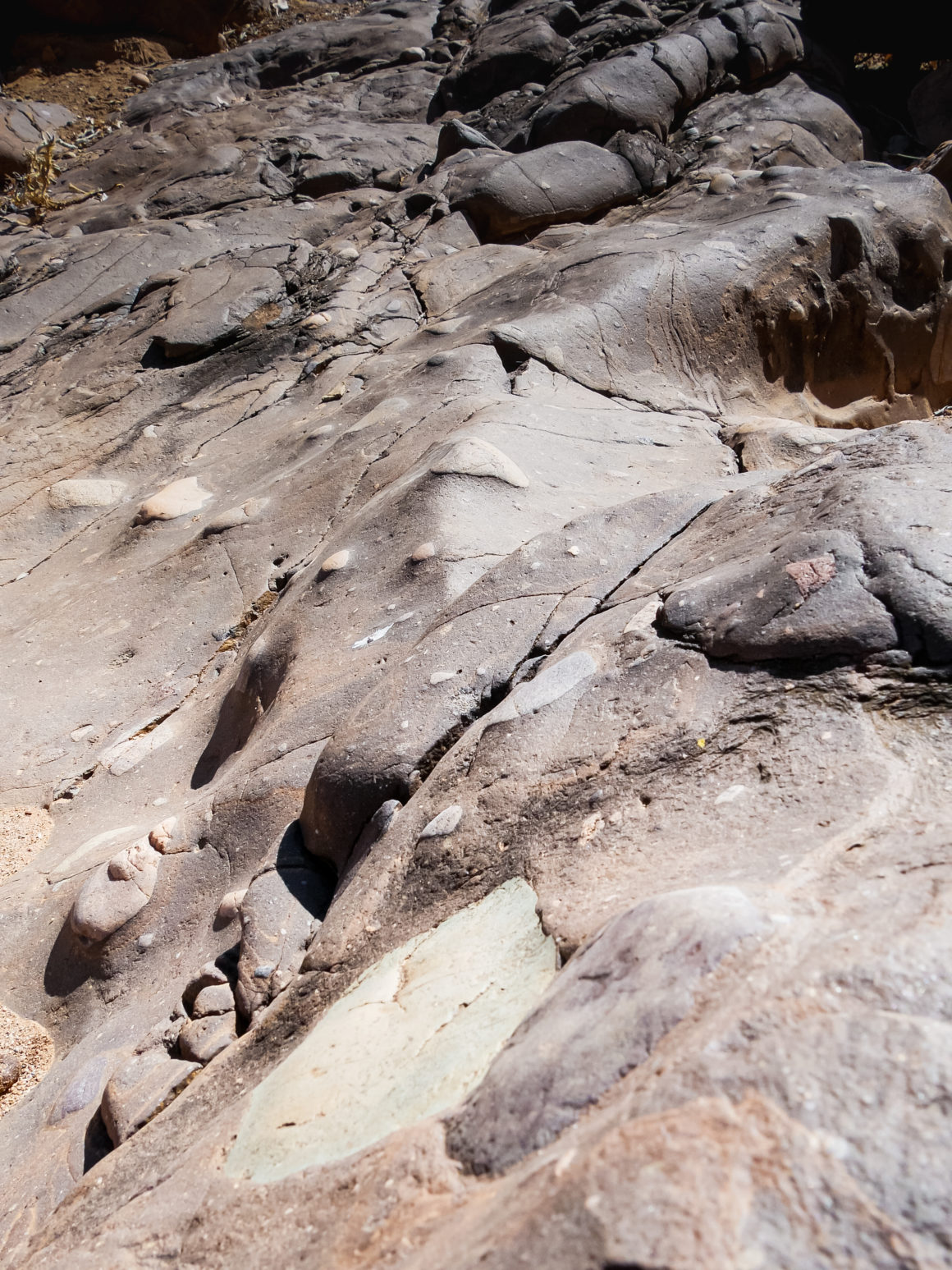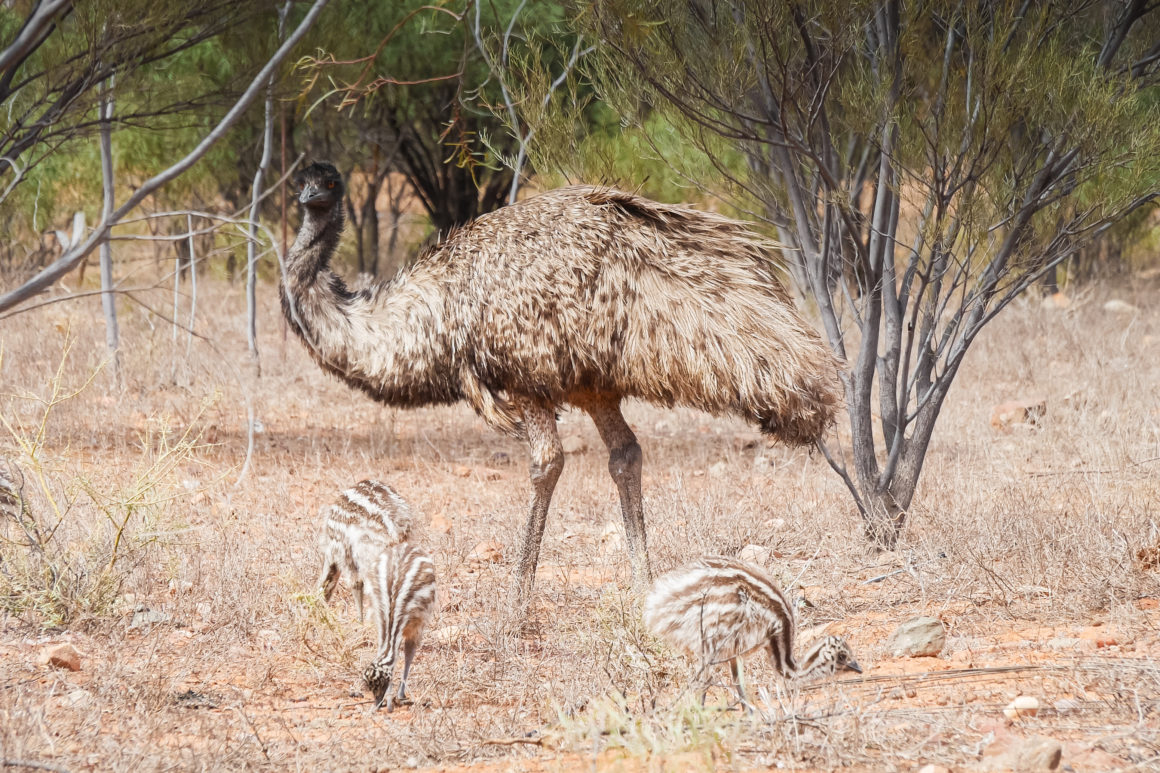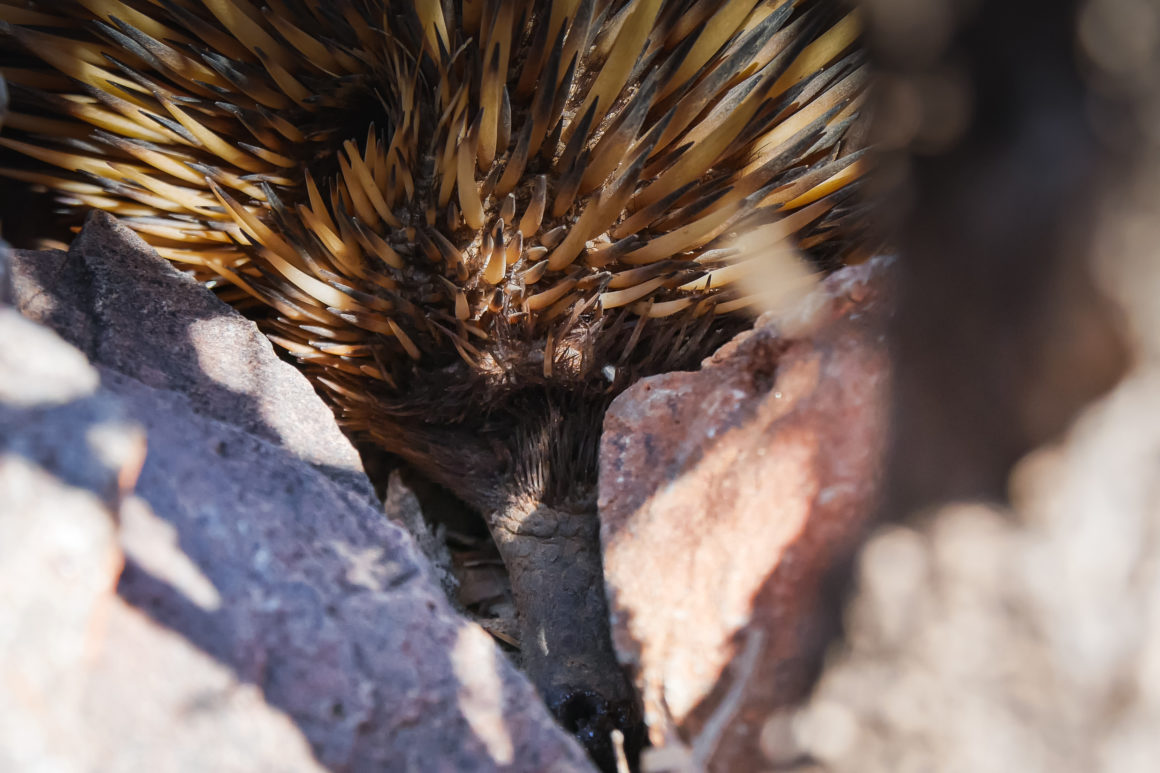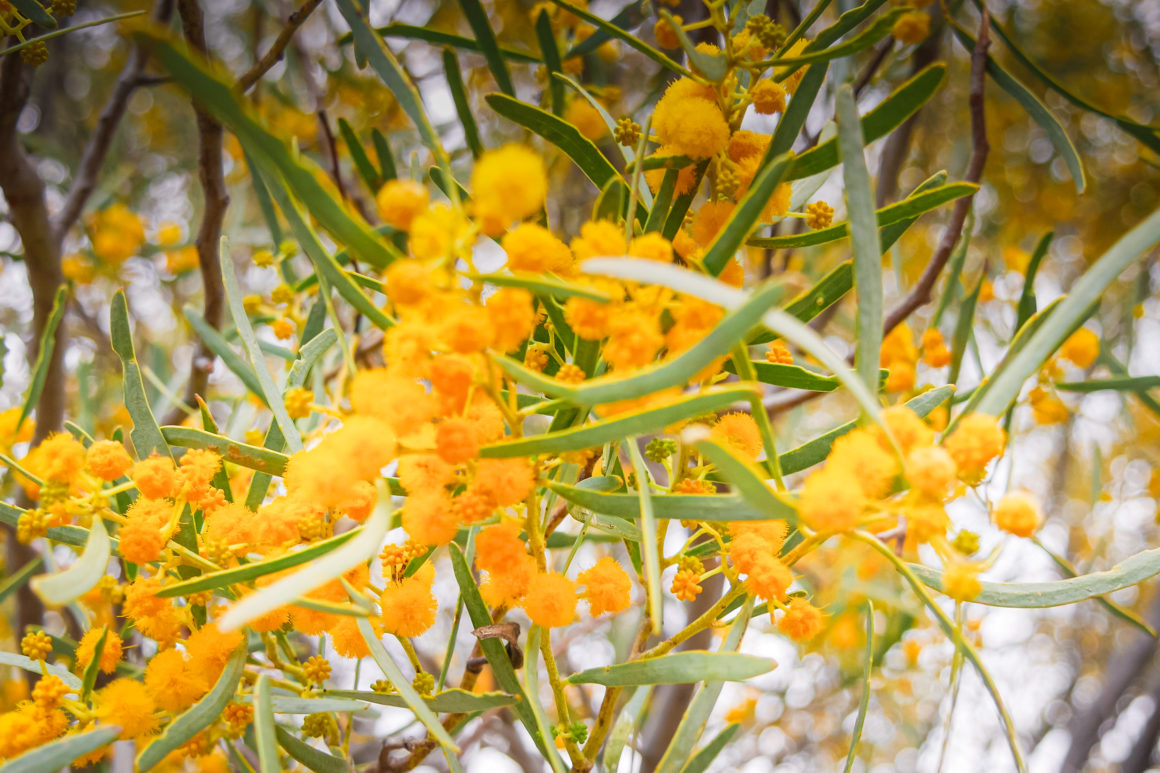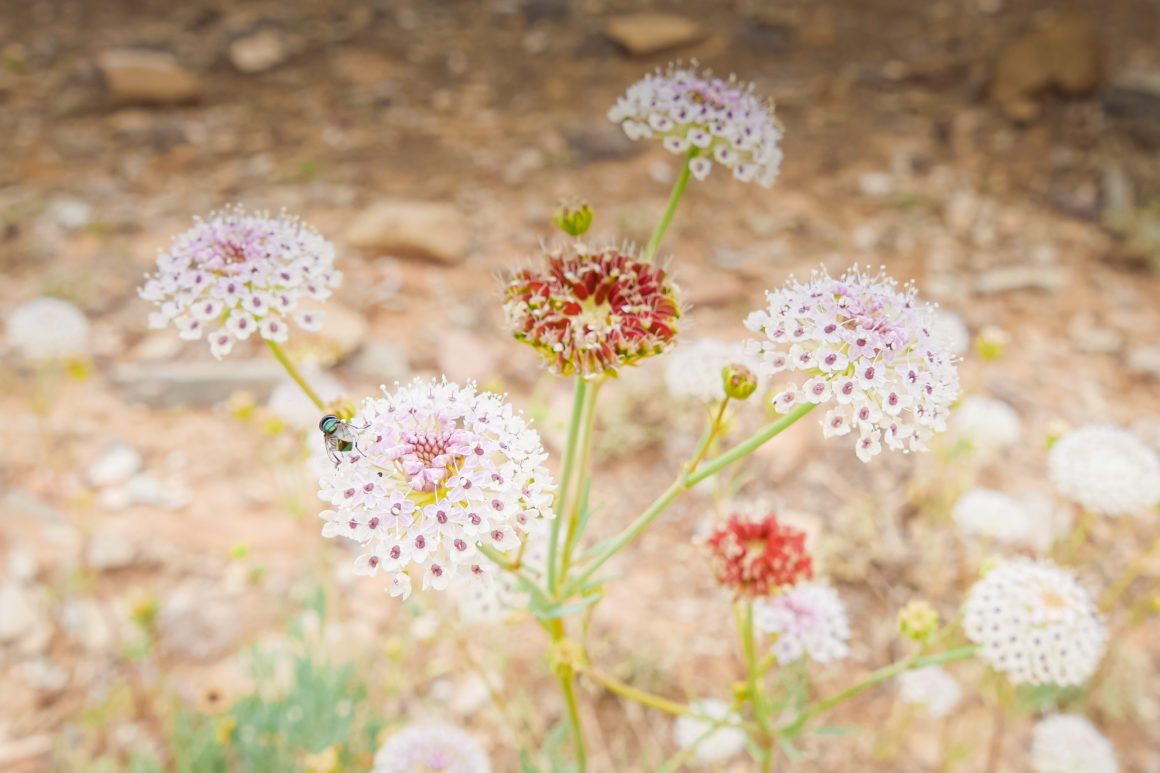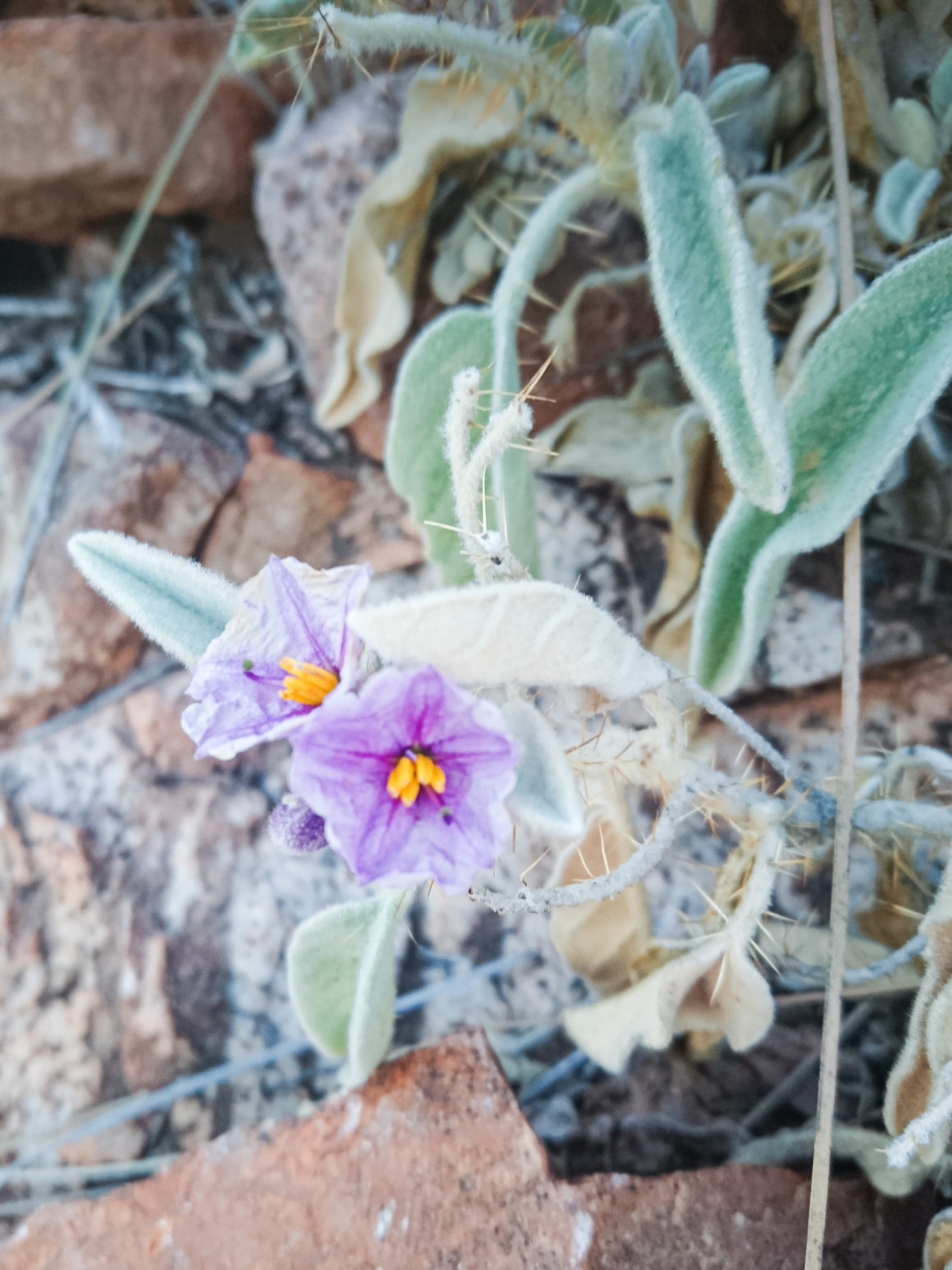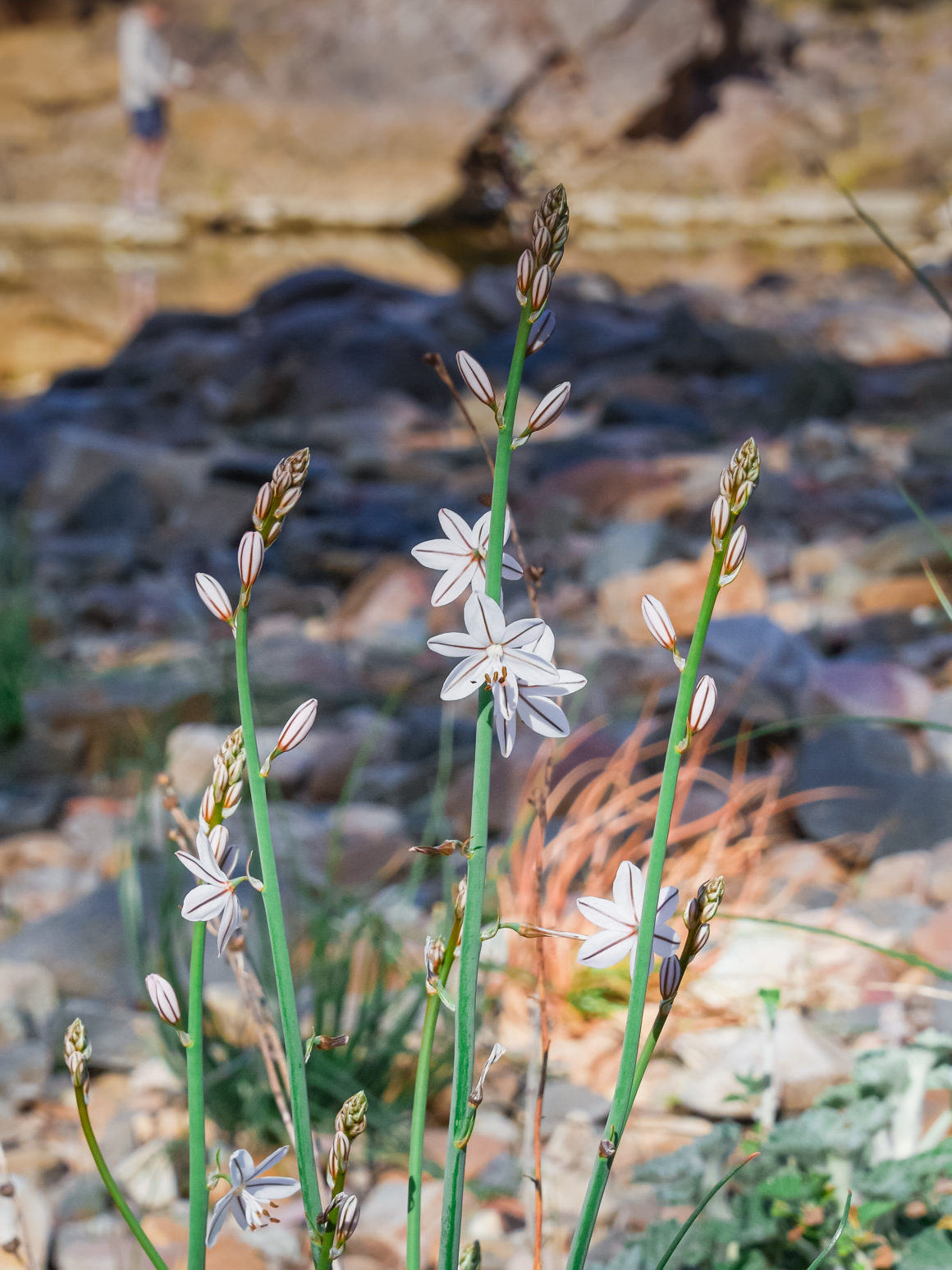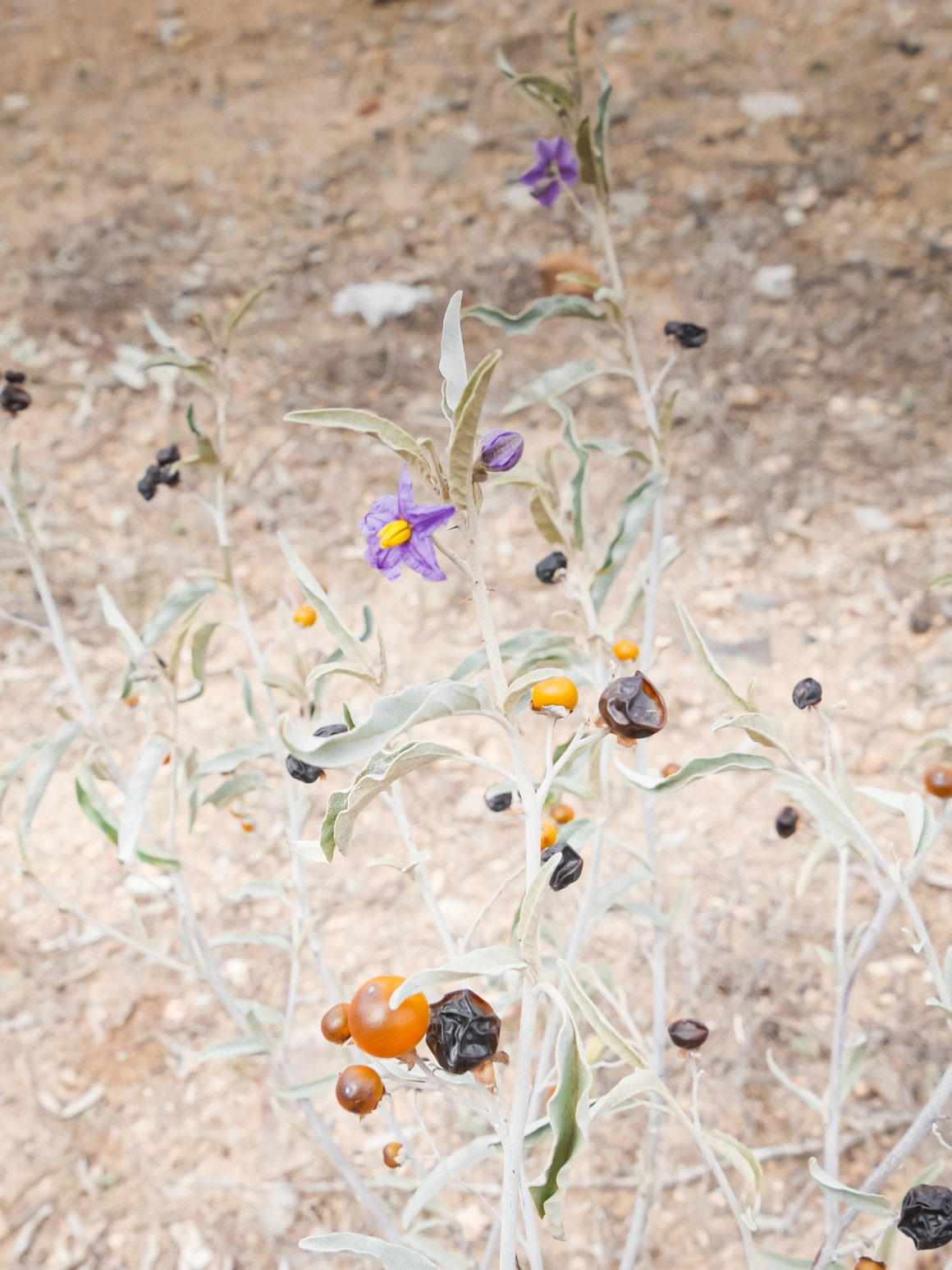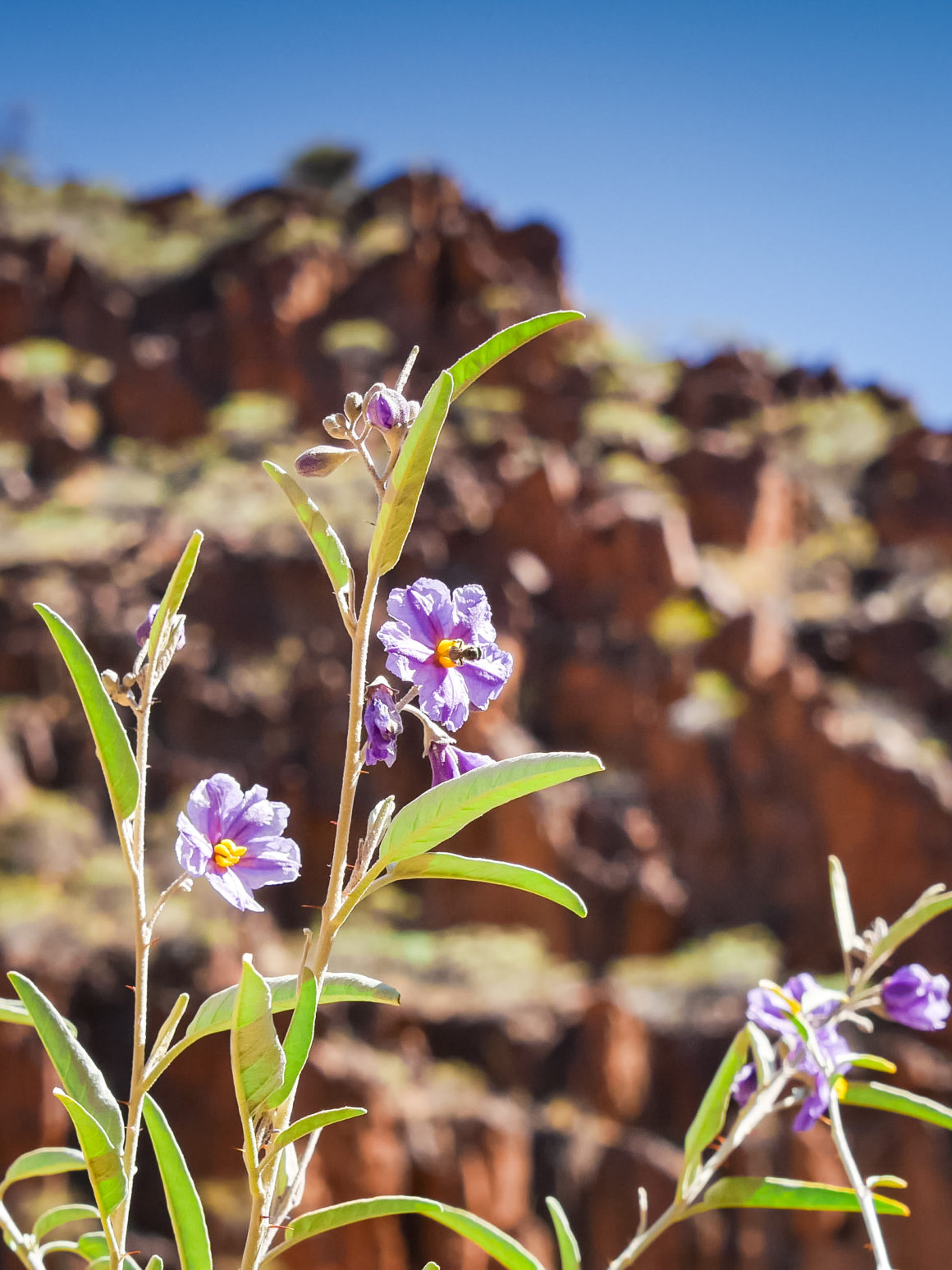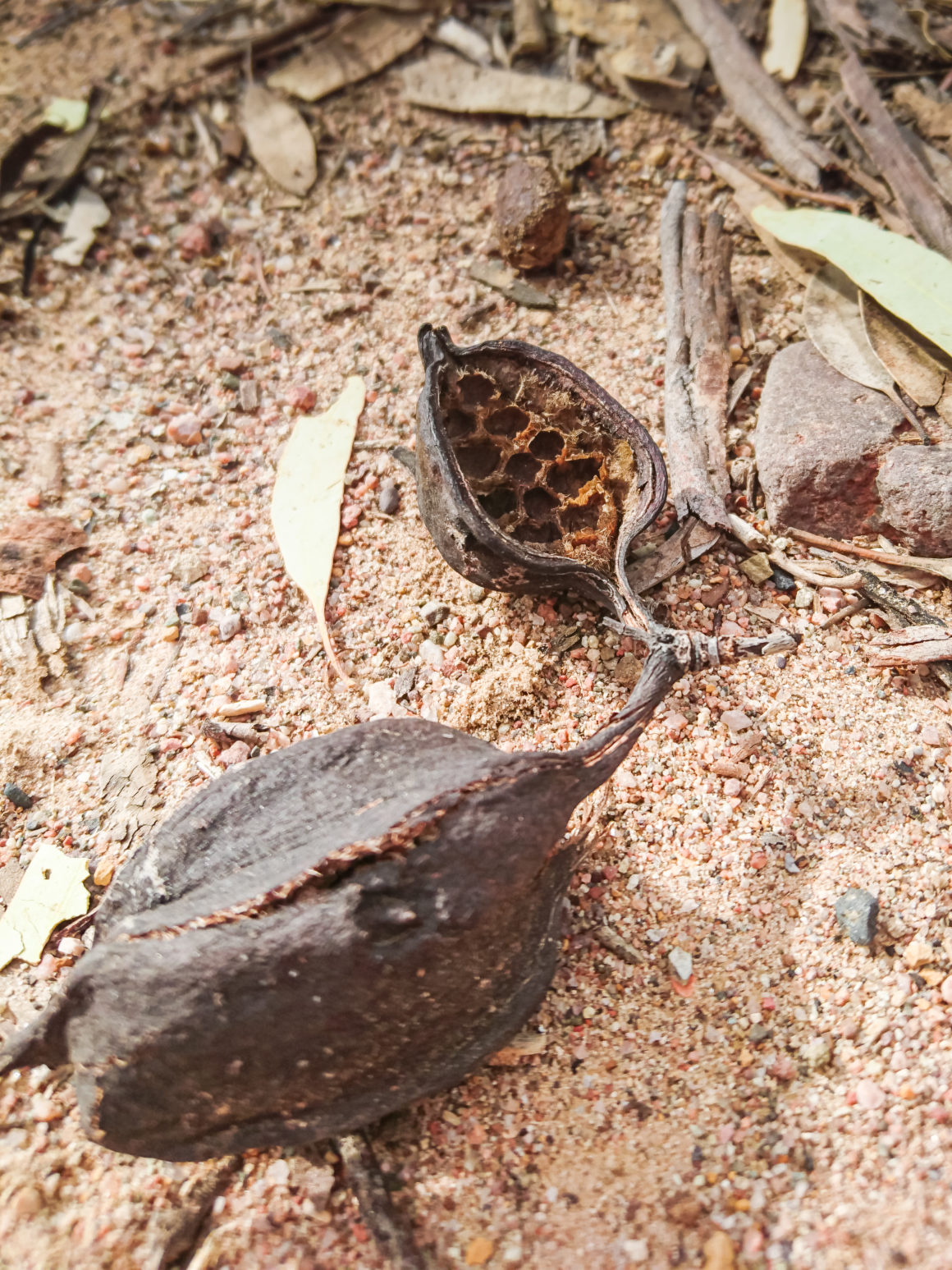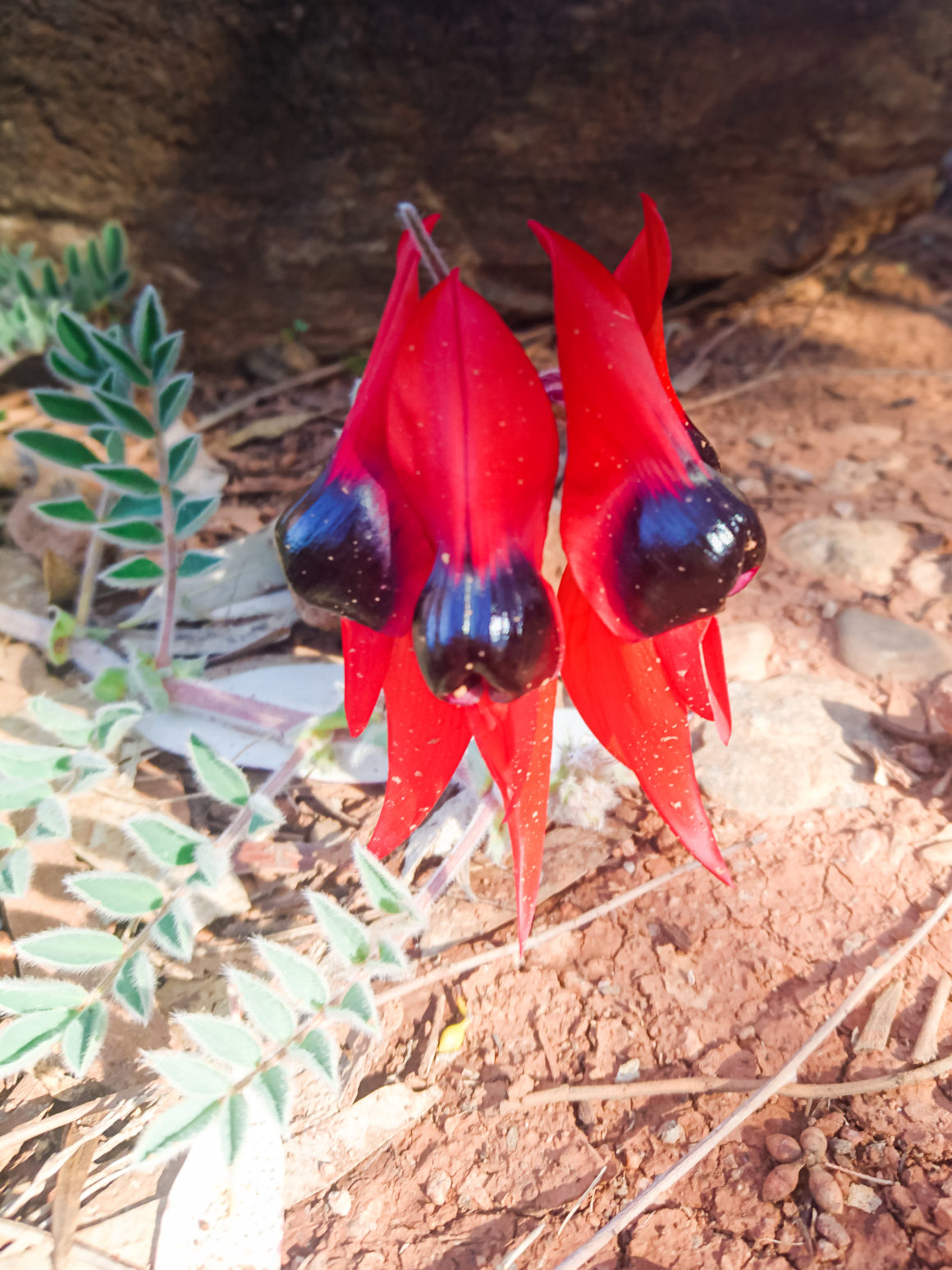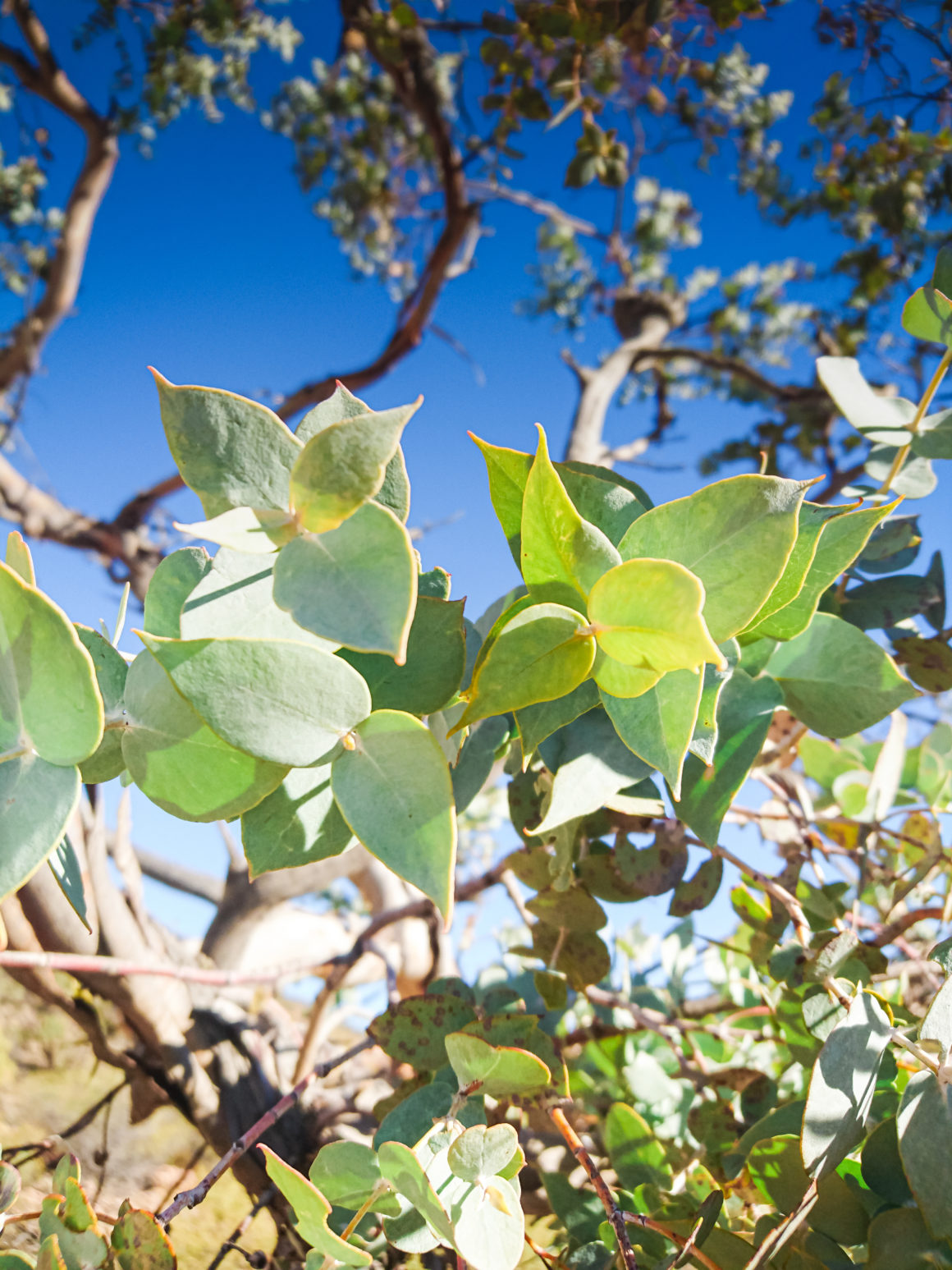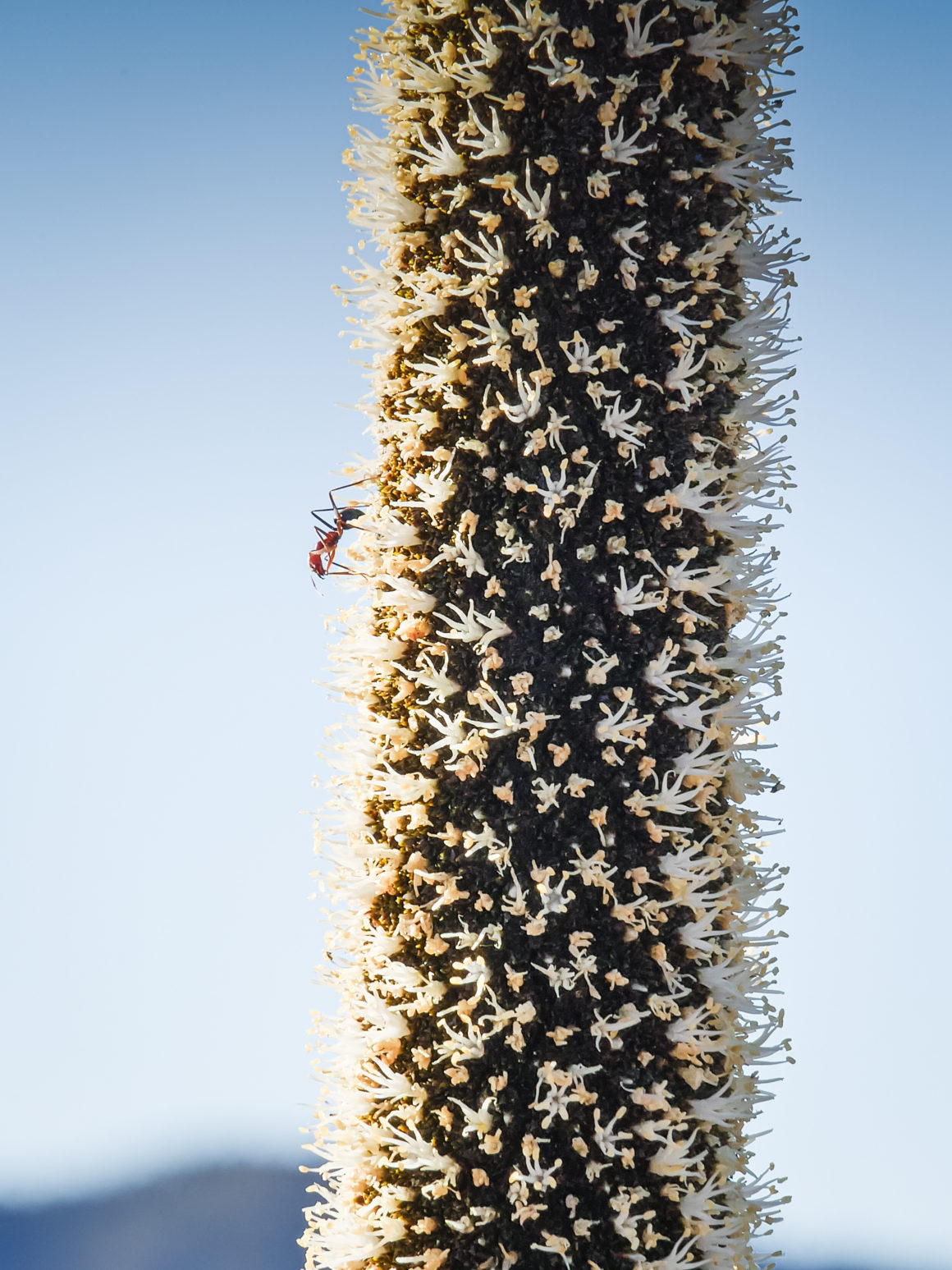DISPATCH
The whiteness of the lake dazzles me. On both sides of the plane is a vast, shimmering white expanse. Lake Frome is a large salt lake located east of the Northern Flinders Ranges. As it rains very rarely in the region, the lake is generally dry and covered with a film of salt. Sometimes after rare showers of rain pools of brackish water form and give the lake pink hues. I was lucky to be able to embark on the longest scenic flights offered by the Resort. 1h30 flight over Frome Lake and the mountains that constitute Arkaroola Wilderness Sanctuary. The other two passengers (a very charming couple) and I marvel at every moment. Difficult to remain unmoved in front of so much beauty.
The voice of Doug, the pilot of the plane and owner of Arkaroola, rings in my ears. Despite the headphones, the hum of the plane is very strong. Only three passenger seats in the small plane that we use for discovering the land. Between me and the outside, only a thin metallic coating separates us. The landscapes of Arkaroola, located north of the Flinders Ranges, pass before my eyes. The lake on the right, the mountains on the left and in the middle a vast almost desert plain. Some tracks mark the presence of human beings in the region. From the sky, the landscape is a set of fascinating patterns. With the height I take all the measure of the semi-desert landscape in which I have set foot since the beginning of July. Two colors share the palette: red and green. The red of the desert soil and the green of the vegetation composed of Eucalyptus and Spinifex (perennial plants growing in the desert regions of Australia). Small valleys and gorges stretch along the more or less steep hills. And a water hole with fluorescent green reflections appears at times. The landscape could seem monotonous but the light, the contrast and the textures fascinate me. From this simplicity emanates a feeling of appeasement. Watching Arkaroola from the air, I feel my attachment to the country grow stronger from second to second.
Back on the cows floor, everyone is doing their part to push the plane in the tiny hangar serving as an airport which proudly bears the name of Arkaroola International Airport Terminal. I doubt that there are many international flights that land in Arkaroola but the idea makes me smile. In the shed sheltered from dust is an old Cessna who is Doug’s pride. The owner of Arkaroola is a professional pilot who would like to spend the majority of his time in the air rather than taking care of the quite difficult management of the sanctuary. Maintaining a sanctuary and resort the size of Arkaroola in the middle of the desert is not an easy task, especially in years of drought like the one we are currently experiencing. Water resources are limited and the aging facilities of the resort are slowly falling apart. So Doug only has the time of the scenic flights to give rise to his passion.
Kelsie stopped, her gaze planted on a ball of spikes at the foot of a shrub. Jessica’s dog, one of the cooks in Arkaroola’s kitchen, has spotted an Echidna !! I did well to take her for a ride with me. It is the first time I see, in the flesh, the little ball that looks like a porcupine or a big hedgehog. It seems to be resting in the shade, its little elongated snout quivering slightly at my approach. Echidnas, unlike much of Australian wildlife, are absolutely not dangerous to humans. They just search the earth for termites and insects and curl up at the slightest danger.
The Flinders Ranges, in South Australia are home to a varied fauna made of birds, kangaroos, emus, lizards, snakes, echidna, etc. Around Arkaroola, the birds (parrots, hawks, fairy-wren, wedge-tailed eagle, crested pigeons, magpie and others) sing constantly their pretty melody. The big attraction of the moment is the Emus. The females have gave birth to the little ones a few months ago and it is now up to the Dads to take care of it. A dozen male Emus with several young (ranging from four to more than ten) roam the grounds of the caravan park and along the creeks around the village. With their striped plumage and a slightly awkward gait, the little ones melt the hearts of tourists and staff members, myself included.
And then there are the Kangaroos: Gray kangaroo, Wallabies, Yellow-footed Rock-wallabies, the place is not lacking choice. Sheltered in the hills, they don’t have to worry too much about cars. The Yellow-footed Rock-wallaby, of small size and with its legs and tail covered with yellow fur is the big favorite. People come to Arkaroola largely to see them. Just stroll along the coves at dusk and you will see one every hundred meters! Apparently there is even a white wallaby! A photo of the animal hangs behind Arkaroola’s reception. But its appearance is very rare. It didn’t show up for me. It will be for another time.
I walk in the sun along the Bararanna Trail. The path takes me through a landscape of red rocks. It looks dry and deserted but it is not. My gaze wanders through the rocks to linger on the spots of color present everywhere. Plants are in bloom. Green, red, white, purple, yellow, red. A festival of color. Today is rest day and I take advantage of my free time to explore the bush. Despite the fact that we are in winter, the temperature is already hot and the sun is beating down hard. I walk quietly through the small valleys and narrow gorges delimited by superb red rocks cliffs.
The Australian bush is a fascinating environment where there are native plants with interesting names: bush-banana, bush-tomatoes, native curry, Sturt’s Desert Pea, etc. But they have little in common with the plants from which they take the name. The fruits vaguely resemble the shape of a banana or a tomato but the taste has nothing to do with it. For the uninitiated, the bush is a scary place, filled with dangerous animals, without food and water. For specialists, Aborigines or bushman, the bush is a place full of resources. Most native species are edible and the water often hides not far from the surface.
In the Flinders Ranges there are no permanent rivers. Except when the creeks suddenly fill up after heavy rain, cutting off the roads and making travel difficult. But the vast majority of the time water is absent from the landscape. Or this is what it’s look like. In place of rivers, the Australian bush shelters Waterholes. These are permanent water holes whose level varies with the seasons. Stubbs Waterhole and Bararanna Gorge are probably the most beautiful of the ten waterholes present at Arkaroola. Oasis in the middle of the desert, the water holes attract all the fauna of the area. The opal green color of the water contrasts beautifully with the red of the rocks.
As I walk through the silent bush, I think of the Aborigines. Indigenous Australians have largely disappeared from the landscape and the vast majority of their culture, traditions and knowledge of the country have been eradicated by the presence of white men. There are still a few communities living in the desert, including here in Arkaroola but the descendants of today are only the shadow of the incredible people who were the Aborigines before the landing of Europeans. Nomadic by nature, the Aborigines knew their country perfectly and used the songlines to move through their territory and eat.
“In the animistic belief system of the Aborigines, a songline, also called “dream track” or “sung track”, is one of the paths through the country (or sometimes the sky) which mark the route followed by “creators-beings” (or Great Ancestors) during the Dream Time. The routes of songlines are recorded in songs, stories, dances and traditional paintings. An initiate is able to move through the territory by repeating the words of the song, which describe the location of landmarks, water points, and other natural phenomena. It is said that, in some cases, the paths of the Great Ancestors are identifiable with the traces they left on the ground, such as the great depressions in the earth supposed to be their footprints.
By singing the songs in the correct order, Indigenous peoples could orient themselves over long distances, often traveling through the deserts of Australia’s interior. The Australian continent harbors a vast system of songlines, some of which are only a few kilometers long, while others cross hundreds of kilometers across the lands of many indigenous peoples – peoples who can speak distinctly different languages and who have distinct cultural traditions. Since a songline can span the lands of many different language groups, the various parts of the song are in these different languages. Languages are not an obstacle because the melodic outline of the song describes the nature of the terrain on which the song passes. Rhythm is what is crucial to understanding the song”. – Glossary on Aboriginal art
As I cross the landscape, the idea of traveling across the country using songs suddenly seems to me to be perfectly obvious. A sound card as a guide for my steps. Like what birds do, whose songs trace the contours of their territories and the location of resources. Me, with my European eyes and my mind so limited, I am unable to understand the environment in which I move other than as a simple landscape, a setting. And yet the Australian bush (like all environments in the world) is much more than that. But it only reveals itself to the initiated. And while I contemplate this landscape so different, I become convinced that I must learn this if I want one day be able to grasp nature in its entirety.

